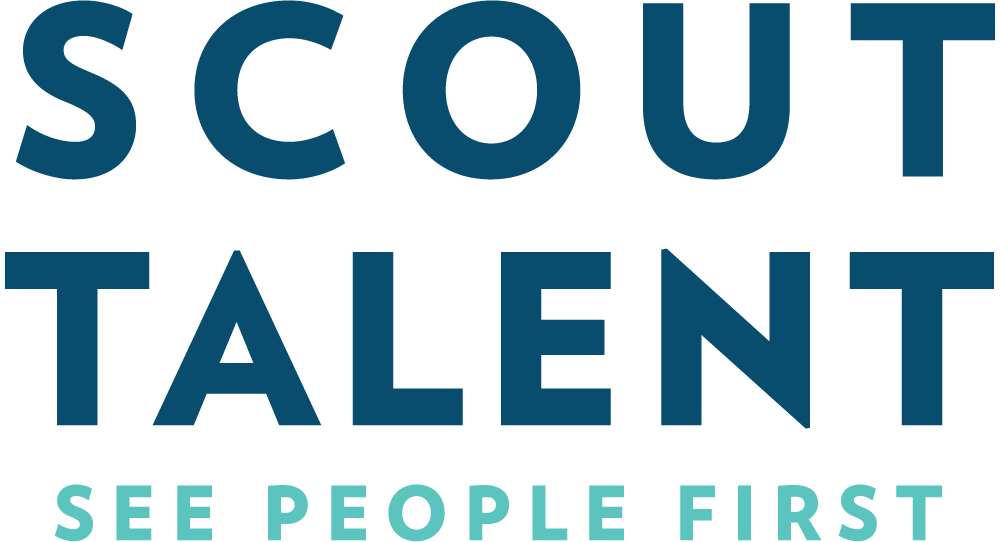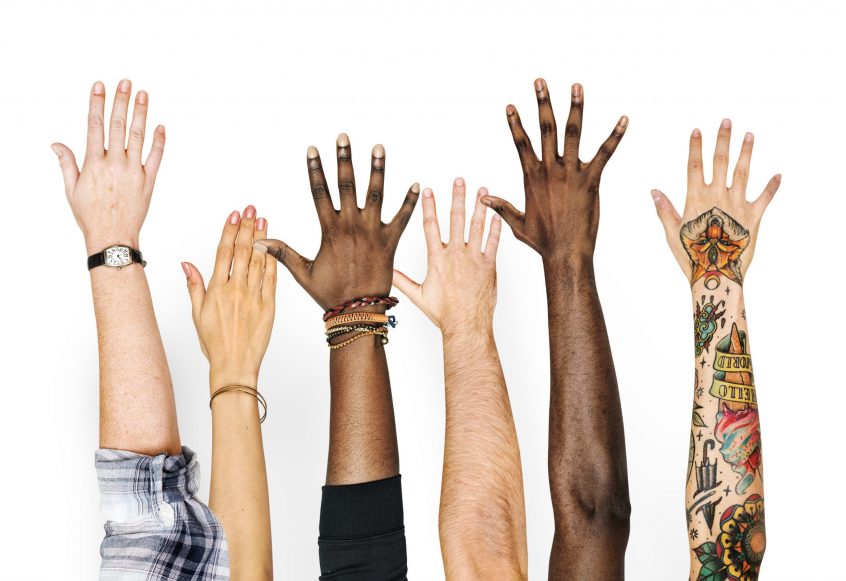This post has been written by Shane Keane, Senior Recruitment Specialist, Scout Talent.
When it came to scheduling episodes for this podcast, I always wanted to take a week in June to talk about diversity in organizations and within recruitment. The initial reason for this is that June is recognized in many parts of the world as Pride month, and as a gay man that’s a time of year that’s deeply important to me. However given the social injustice that a lot of us have recently been made more aware of due to the protests in America, even though this racial injustice has always existed, it feels more important than ever to have detailed and ongoing discussions about diversity.
Why diversity matters in the world of recruitment
Why diversity matters in the world of recruitment is because we are the gatekeepers who have massive control over how diverse our organizations are. If we’re failing at our jobs either due to conscious or unconscious bias then it’s almost a certainty that everyone in our organization looks similar, has similar experiences, and perceives the world from a very similar viewpoint.
To begin with, I’m going to do something that I really hope is actually unnecessary. I’m going to make the business case for diversity in the workplace using statistical data.
• 62% of job seekers consider workplace diversity an important factor when considering employment opportunities, and more than 50% of current employees want their workplace to do more to increase diversity.
• Higher representation of women in C-suite level positions results in 34% greater returns to shareholders.
• According to fortune 1000 while only 5% of companies are run by women those organizations contribute 7% of the total revenue of the Fortune 1000 list.
• Organizations with above-average gender diversity and levels of employee engagement outperform companies with below-average diversity and engagement by 46% to 58%.
• A 2018 study by Harvard Business Review found that the most diverse companies were also the most innovative with companies that have higher than average diversity having 19% higher innovation-related revenues.
• According to a 2015 McKinsey report, companies in the top quarter for racial/ethnic diversity are 35% more likely to surpass peers, while those in the same bracket for gender diversity are 15% more likely to do the same.
• Diverse companies on average enjoy 2.3 times higher cash flow per employee and are much more likely to capture new markets.
• Diverse teams are 87% better at making decisions.
Finally, I’d like to add that in the US millennials are 16% more diverse than baby boomers, a metric mirrored in a lot of the western world, and the millennial group is set to make up 75% of the workforce by 2025.
How do we transform our recruitment processes in order to appeal to a much more diverse talent market?
One of the first things we can do is try to silence the subconscious bias we all have. Statistically, women are much more likely to be hired with blind applications with the likelihood of getting the job increasing by 25% to 46% using a blind application. It’s equally been well established with several studies that job applicants with ethnic-sounding names working in English speaking countries get fewer job opportunities than people with recognizably white or English sounding names.
The solution here, at least initially, is to make your resume screening process blind. If you don’t know your candidate’s name, address, or where they were educated, you are statistically more likely to make a diverse shortlist.
Another option if the Applicant Tracking System you’re using doesn’t give you the capability to go blind is to attempt to fully address your subconscious bias by building quotas into your shortlist. I remember the CEO of a company I used to work for telling me a story about hiring members of her C-Suite. She initially threw out the shortlist that was presented to her because it was all men and instead requested that she receive a shortlist that was 50% male and 50% female. She ended up hiring a woman, a woman she would have never seen if she hadn’t asked for her shortlist to be more diverse.
Quotas aren’t perfect and they don’t solve everything but they are a sure-fire way to make your shortlists more diverse.
Employer Brand and Diversity
A complaint I often hear from clients is that they want to be more diverse but the candidate pools they receive aren’t. If this is the case then you need to address your Employer Brand and your Candidate Attraction strategies as that is probably where the problem lies.
If a candidate looks at your company website and every photo they can find of a team member is a white man, that doesn’t present as diverse or overly welcoming to people that are not white, male, and presumably both straight and cis-gendered. How we get around this is by ensuring that photos of our teams on our company websites and job descriptions are more diverse.
If, and I often hear this as another objection, your team and company just aren’t a visually diverse group there are other things you can do. A lack of photo opportunities is certainly not an excuse to give up on trying to become more diverse because the fact is that diversity is not always visual.
Something as simple as seeing a sentence in a job description about valuing diversity in your workplace can make a candidate feel so much more comfortable about the prospect of applying for a role. Equally, you can back up that sentence by visually celebrating events like Pride Month, International Women’s Day, and Black History Month to name a few and sharing the value of these days to your company or organization on social media.
Some people in leadership roles are afraid of doing this for fear of pandering, well in that case don’t pander, put your money and time where your mouth is and support organizations like Rainbow Railroad, Black Lives Matter, and Dress for Success throughout the year. Show that you’re an ally to these organizations or others like them and in turn, make that part of your Employer Brand. It won’t take long before your candidate pools reflect the diverse workforce you aspire to be.
Face to face interviews
When it comes to face to face interviews the first thing you need to accept is that you are biased. None of us are perfect, we grew up in communities that looked and acted like us so we are often subconsciously inclined to favour individuals that remind us of those social groups. Be conscious of that in your interviews, don’t pretend that you don’t see colour or difference.
Remain present, factual, and fair throughout your entire interview process so that you’re making decisions based on skills, experience, and competency rather than on subconscious bias or prejudice.
I know that diversity can be a scary topic for well-meaning individuals that are afraid of doing the wrong thing and causing offence or harm. But that’s not an excuse to not try; diversity is fundamental to the future success of organizations.
So do your research and try. No one is expecting you to be perfect on day one, and should you get feedback that the actions you are taking are really more of a misstep and are making people uncomfortable – listen! That’s what being an ally to minorities is really all about; which is what you are attempting to be if you’re trying to make your workforce more diverse.
Try your best, learn, and once you know better – do better.








